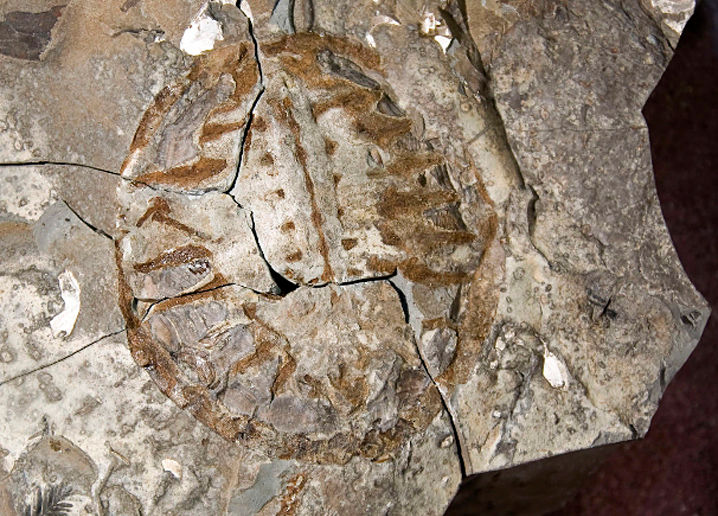By: Alex Wang
Location: Somewhere in the Badlands, South Dakota
In a groundbreaking discovery, paleontologists have unearthed a rare and astonishing turtle fossil, resembling the shape of a pancake, that could significantly alter our understanding of the reptile’s evolutionary history. The finding, published in the prestigious journal Nature, published on July 26, has sent shockwaves through the scientific community and garnered widespread attention from enthusiasts and experts alike[CG1].
The fossil, affectionately dubbed the “Pancake Turtle” by the researchers, was found embedded in sedimentary rock formations within the Badlands of South Dakota. The region has long been a hotbed for fossil discoveries, but none have been as peculiar and captivating as this one.
Dr. Elizabeth Montgomery, the lead paleontologist on the project from the University of California, Berkeley, expressed her excitement about the discovery:
“Unearthing the Pancake Turtle fossil has been an unparalleled moment in my career. The specimen is remarkably well-preserved, and its flattened shape is unlike anything we’ve seen before in turtle fossils. This could potentially lead us to reevaluate the entire evolutionary timeline of turtles.”
Dr. Montgomery’s quote highlights the significance of the Pancake Turtle fossil discovery. The unique flattened shape of the fossil challenges the conventional understanding of turtle evolution. Traditional turtle fossils are characterized by their distinct rounded shells, but the Pancake Turtle introduces an entirely new perspective. The flattened appearance could indicate a previously unknown adaptation or ecological niche occupied by ancient turtles, which could revolutionize our understanding of their evolutionary history[CG2].
Turtle fossils are relatively abundant, but the Pancake Turtle stands out as a one-of-a-kind specimen. Its peculiar shape opens new avenues of research and raises questions about the environmental factors that may have influenced its form. By re-evaluating the evolutionary timeline of turtles, scientists may gain insights into the diverse range of adaptations these reptiles underwent over millions of years.
Dr. Sarah Patterson, a paleobiologist from the American Museum of Natural History, also commented on the significance of the find:
“The Pancake Turtle fossil challenges our existing understanding of turtle evolution and may prompt us to rethink how these reptiles adapted and diversified throughout history. Its unique shape suggests that the creature may have occupied an ecological niche we are not yet aware of.”
This groundbreaking discovery not only fascinates the scientific community but also engages the public’s curiosity about our planet’s ancient history. It exemplifies how paleontological findings continually challenge and enrich our knowledge of the natural world. The Pancake Turtle fossil is a testament to the ongoing process of discovery and exploration, demonstrating that there are still hidden treasures beneath the Earth’s surface waiting to be unearthed.
As ongoing research and analysis progress, the Pancake Turtle’s significance may deepen, inspiring future studies and potentially altering the trajectory of paleontological research for years to come.











